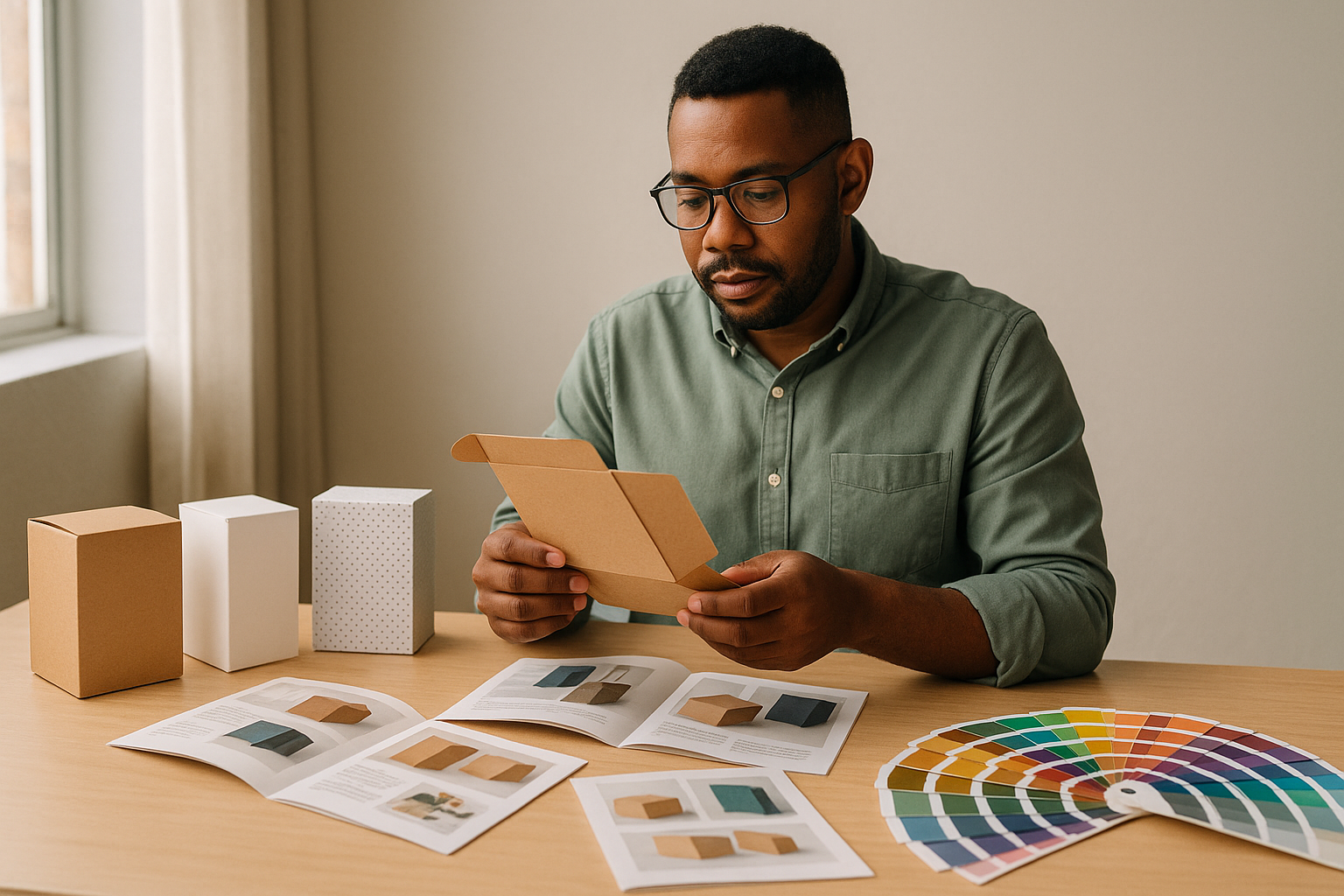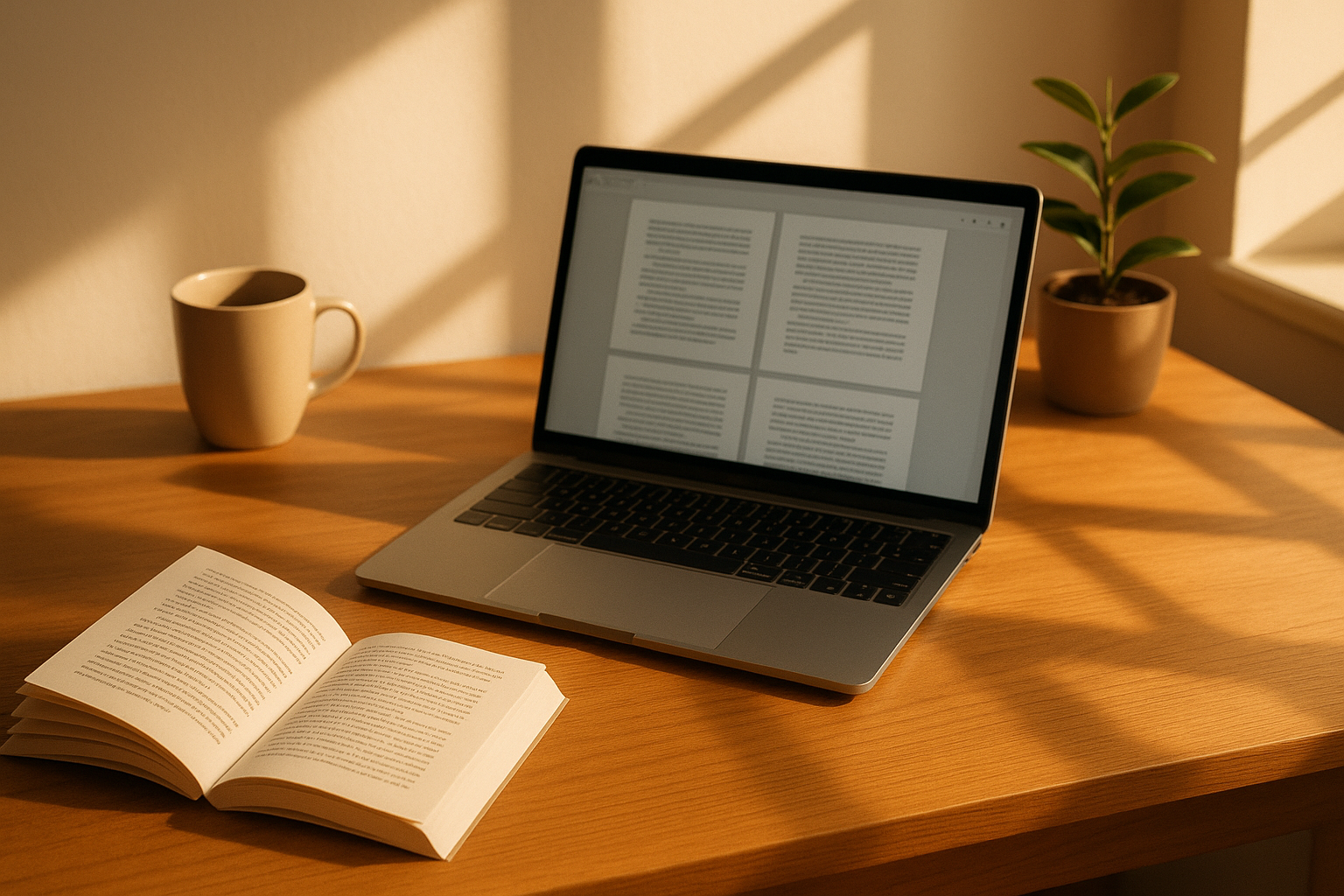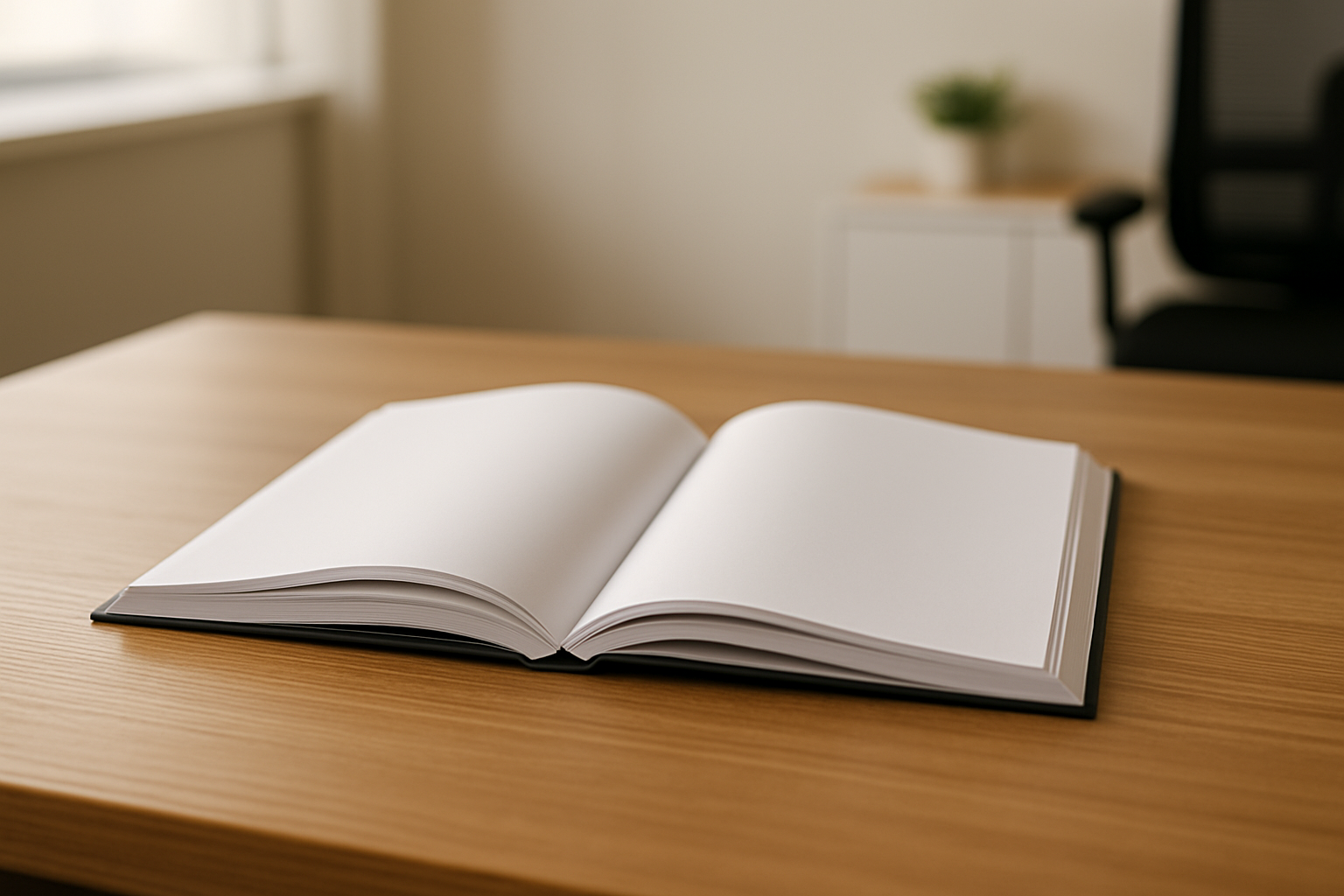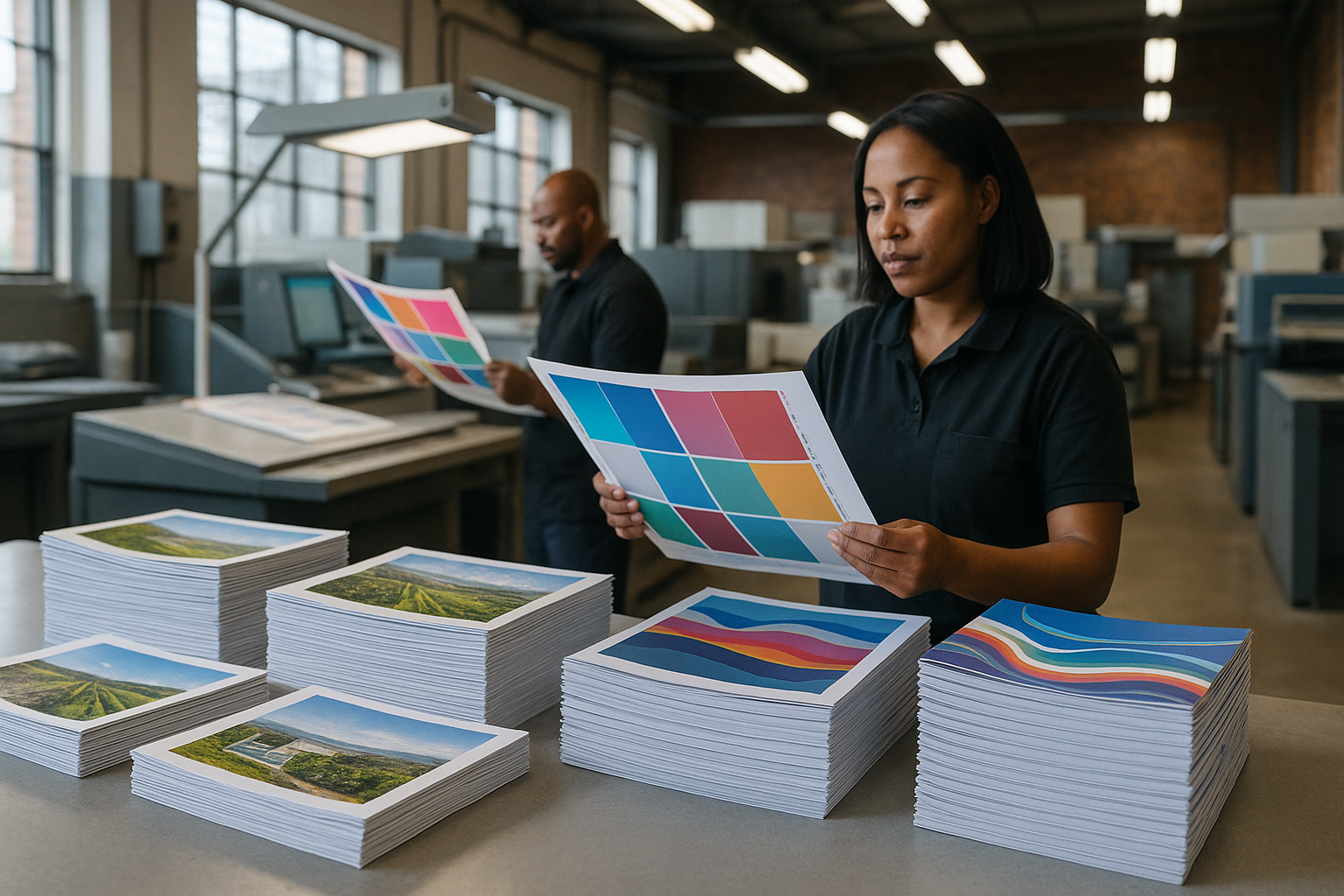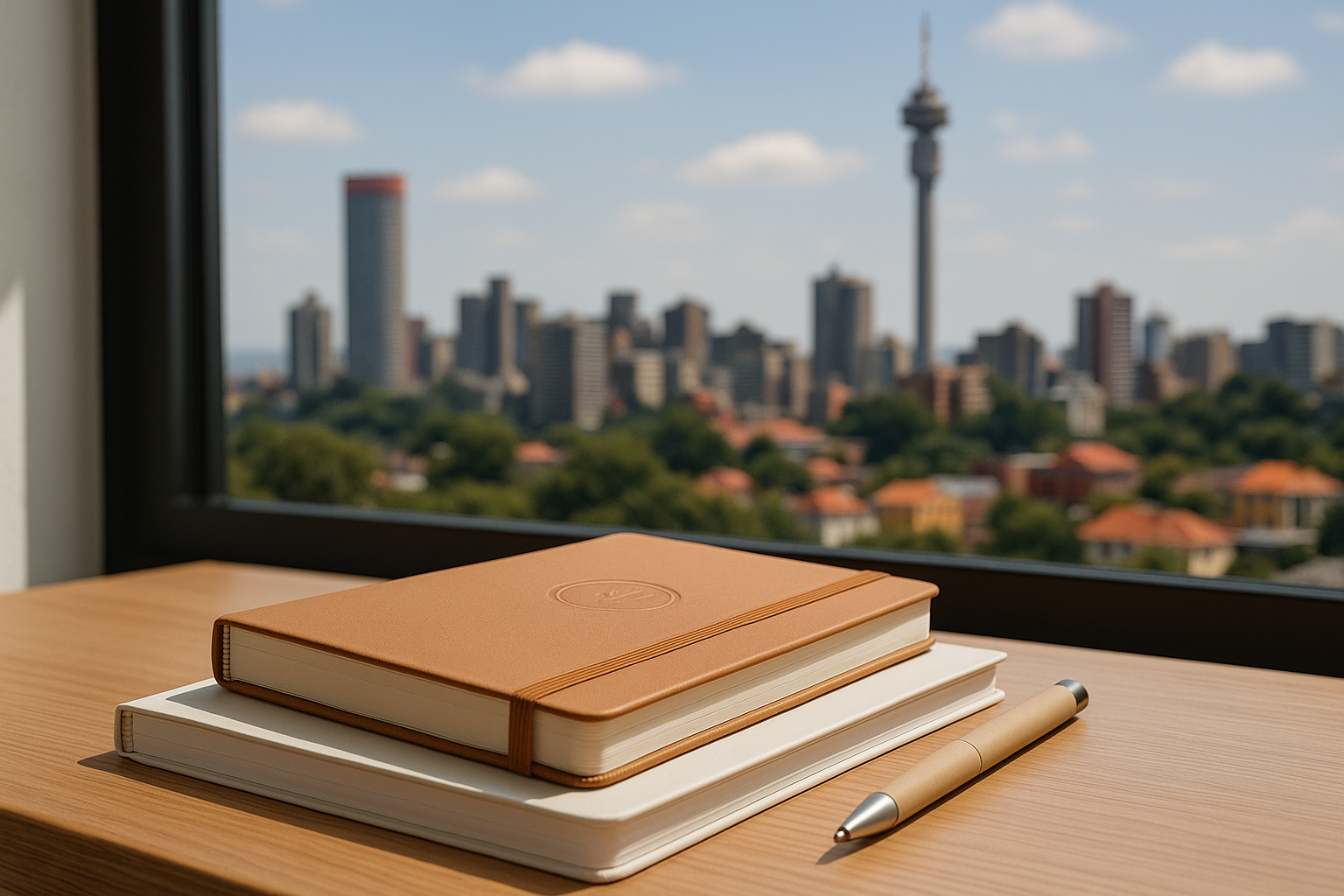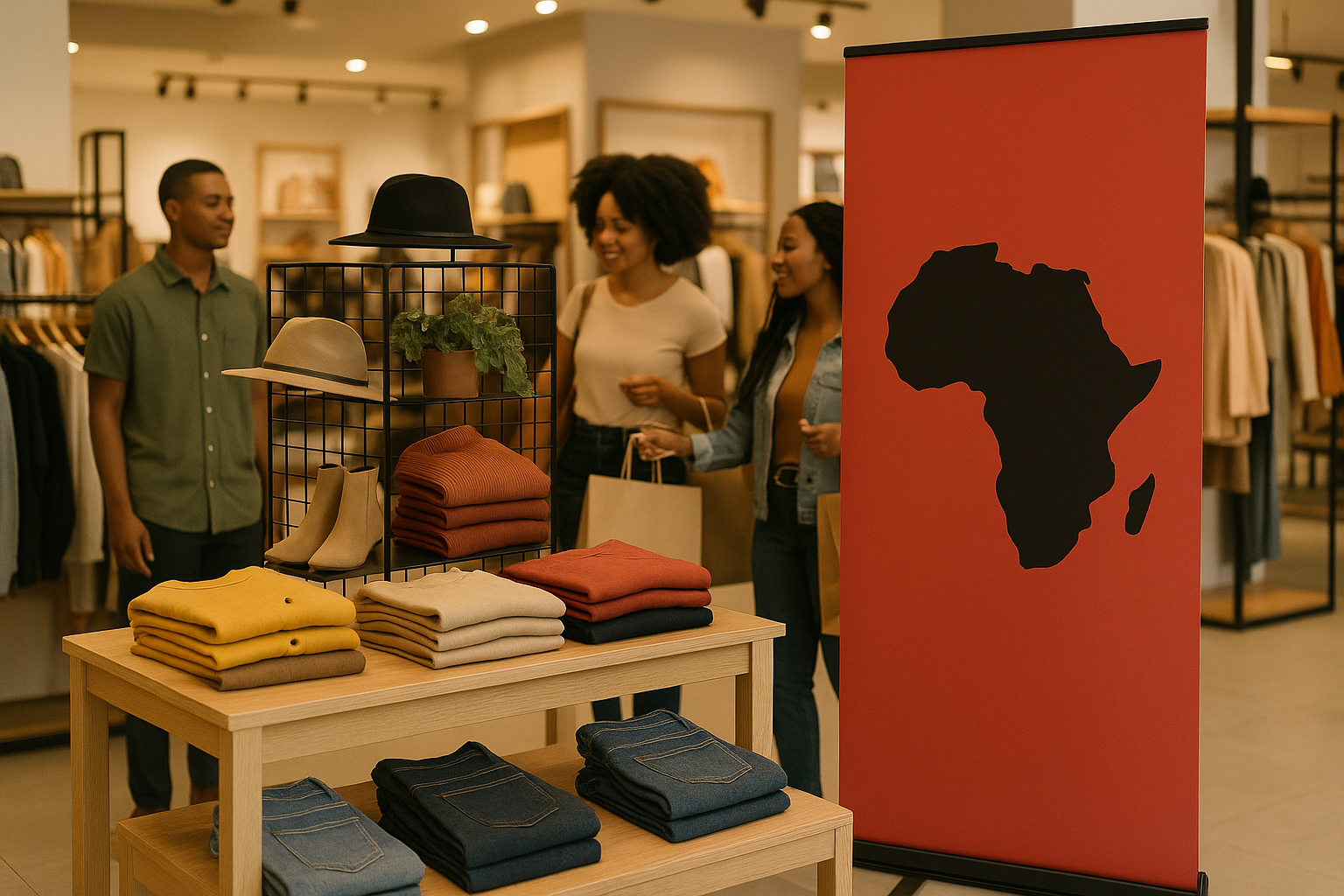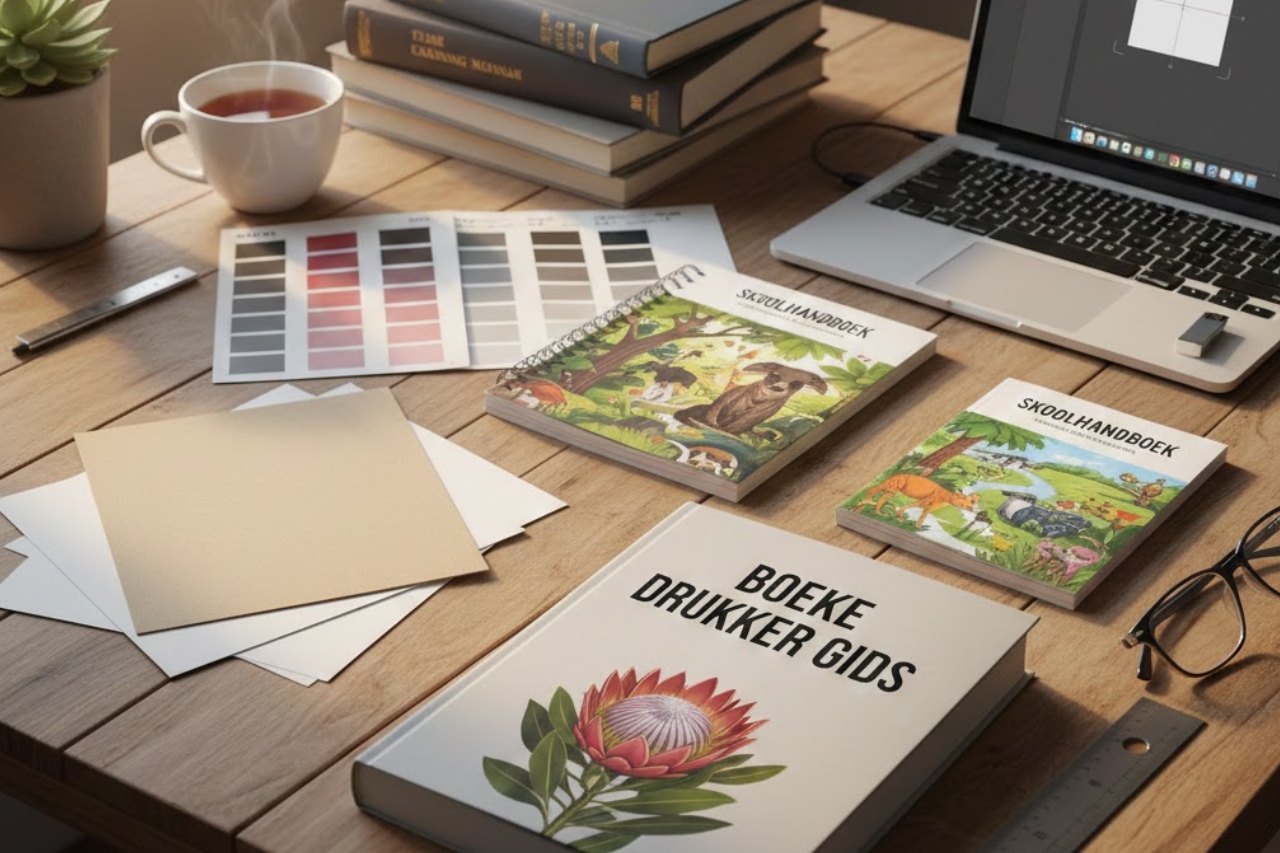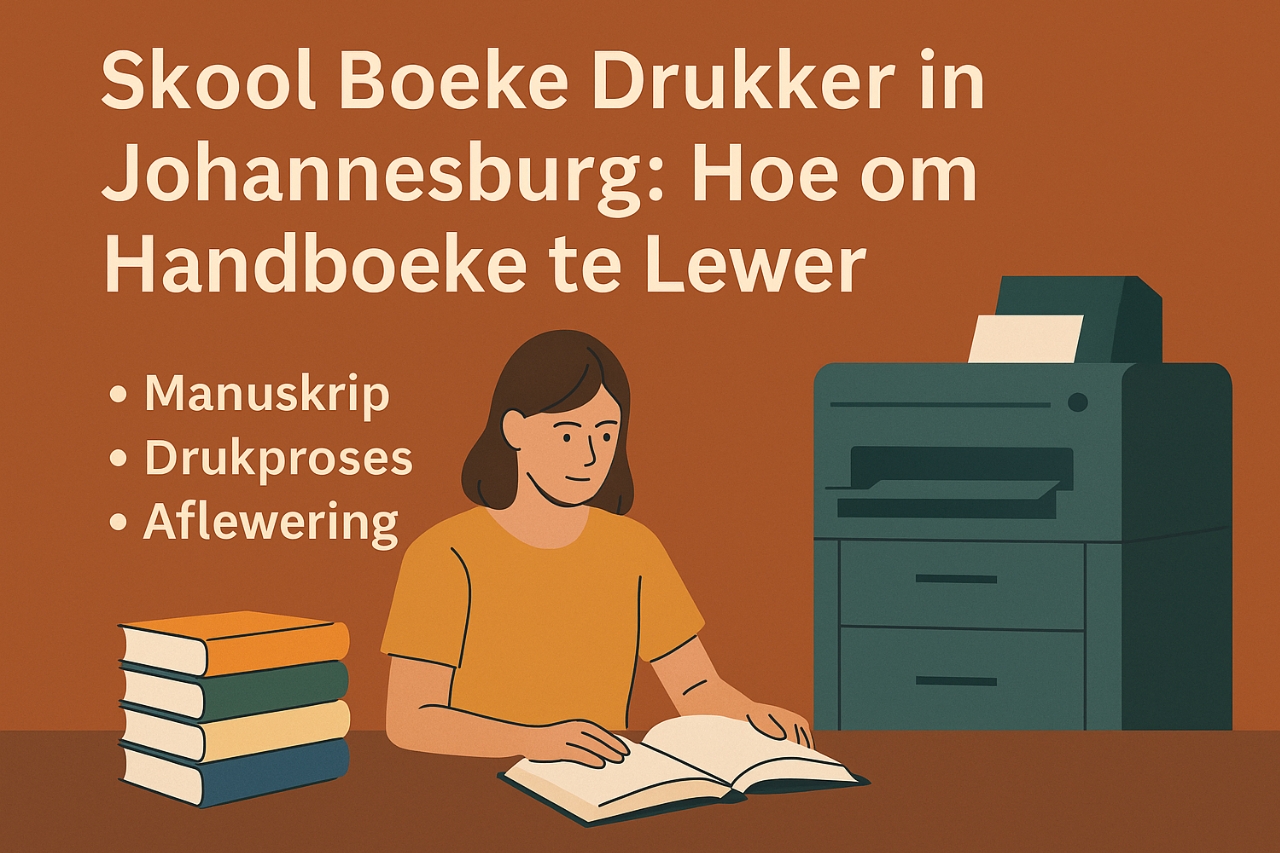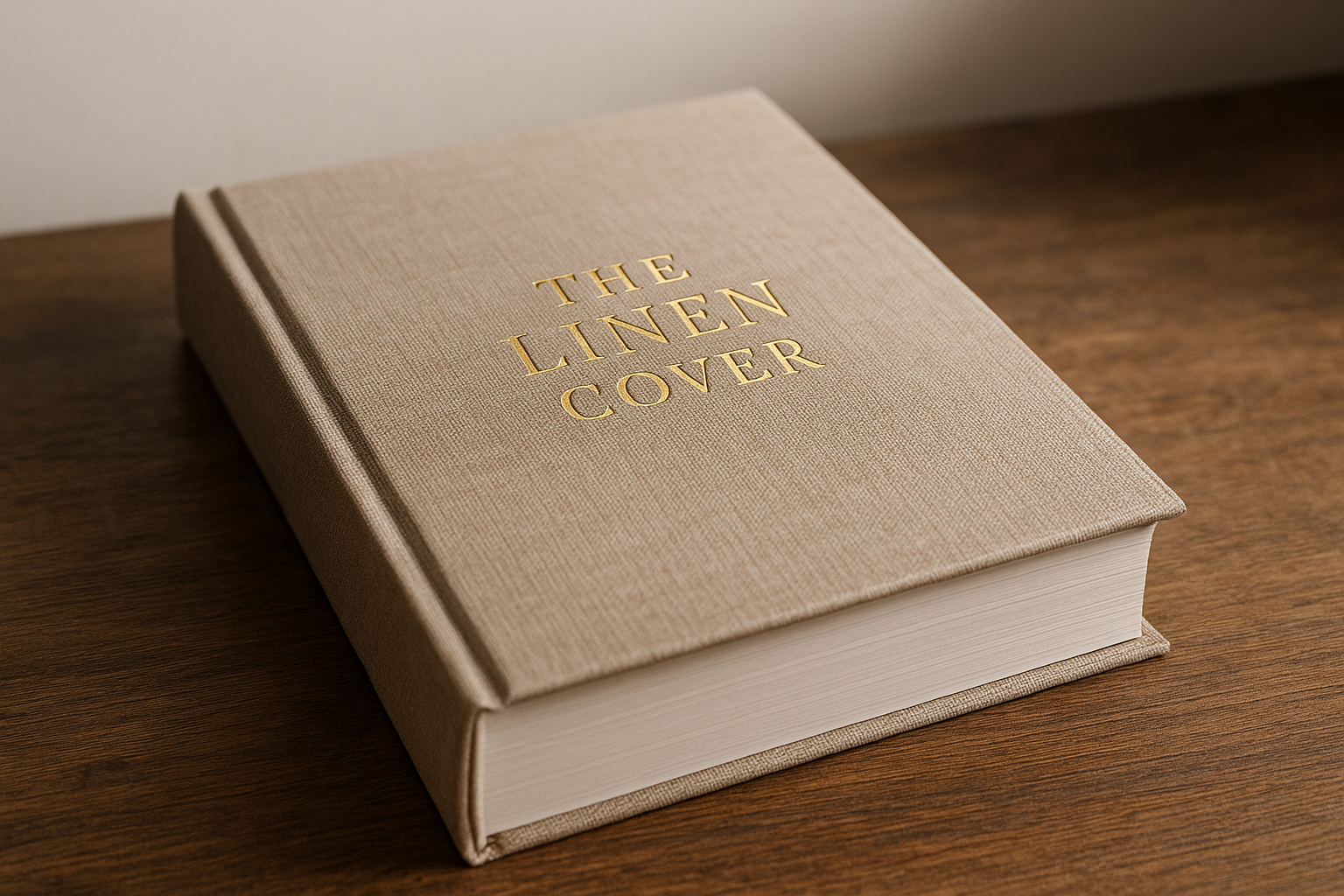Best retail packaging is one of the first things a customer notices about your product, and selecting the right option can drive sales, cut costs, and protect contents from warehouse to shelf.
What counts as “best retail packaging” for my product?
Best retail packaging depends on your product type, brand positioning, distribution channels and budget. For fragile electronics you prioritise protection and cushioning; for luxury cosmetics you prioritise premium finishes such as soft-touch lamination or hot-foil stamping; for school textbooks and educational kits you prioritise durability, clear labeling and cost-effective bulk options. In South Africa many businesses balance shelf presence with durability to withstand long supply chains across provinces.
Think of packaging as a solution that must meet three core needs: protect the product, communicate the brand, and be cost-effective in production and logistics. This is particularly true for industries such as commercial printing, educational printing and catalogue printing where bulk runs and fast turnaround printing are common requirements.
Why does packaging matter to sales and brand perception?
Packaging is a silent salesperson. Studies repeatedly show that on-shelf appearance and tactile quality influence buying decisions. According to Nielsen, a majority of consumers say packaging influences their purchase decision, especially for new brands. Strong packaging builds recognition, supports pricing strategy and encourages repeat buys — a major consideration for businesses that print brochures, booklets or retail catalogues with commercial printing partners.
For South African retailers and schools preparing for a new term, well-designed educational printing and school textbook printing packaging ensures materials arrive undamaged and look professional when distributed to learners. In short, packaging is both functional and promotional.
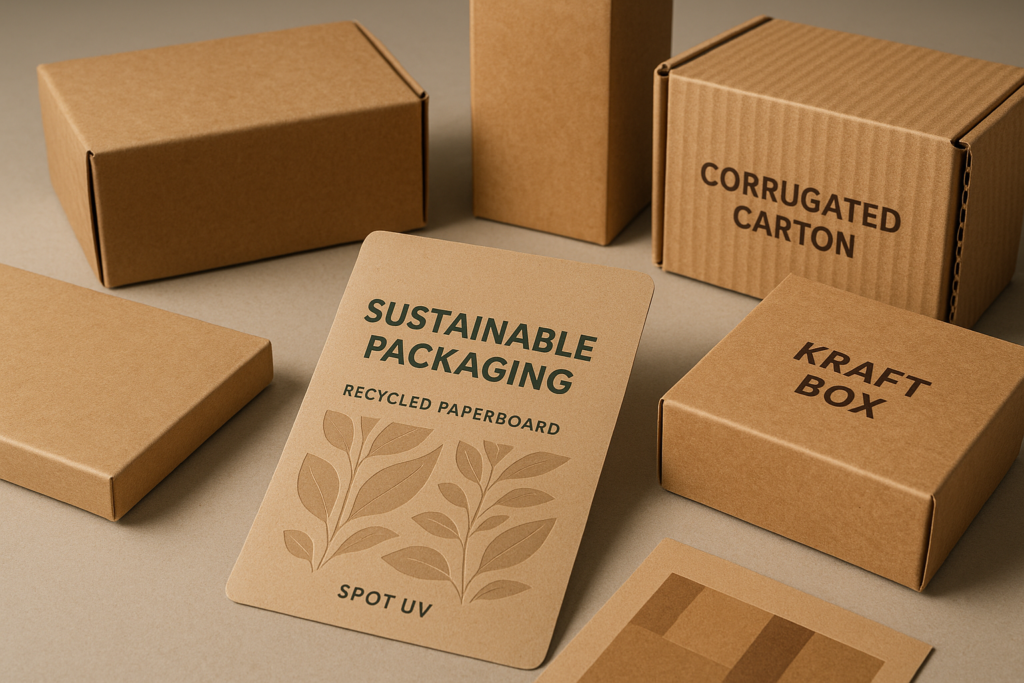
Best retail packaging: How to choose the right solution?
Choosing the Best retail packaging starts with a clear brief: product dimensions and weight, fragility, expected shelf life, target market, and desired retail positioning. From there you decide on structure (box, sleeve, blister, pouch), material (paperboard, corrugated, flexible film), and finishes (spot UV, embossing, varnish).
When shopping for packaging in South Africa, consult commercial printers and packaging specialists who offer custom printing, litho and digital printing, and specialised packaging printing. If you need bulk educational printing for schools or booklet printing for product manuals, factor in unit-cost reductions for larger runs and compare print-on-demand for smaller trial batches.
Which materials are best for different products?
Material choice affects protection, sustainability and printability. Common options include:
- Paperboard (folding cartons) — ideal for cosmetics, food and small electronics; excellent print quality and finishes.
- Corrugated cardboard — for heavier or bulk shipments; used for secondary packaging and transit protection.
- Flexible packaging (pouches, bags) — lightweight and cost-effective for food and consumables.
- Rigid or specialty materials — used for premium goods where structure matters.
In printing and finishing, litho and digital printing technologies each have strengths: litho offers very high image quality on large runs, while digital printing enables shorter runs and quick changes — useful for fast turnaround printing and print-on-demand educational materials. If sustainability is a priority, many printers in South Africa offer recycled board and eco-friendly coatings.
How do finishes and printing techniques affect cost and perception?
Finishes such as matte lamination, gloss varnish, embossing, debossing and foil stamping significantly change perception and cost. A single spot UV or foil accent can elevate perceived value without the expense of full-cover foil.
Table: Typical effects vs cost (relative):
| Finish | Perceived Value | Cost Impact |
|---|---|---|
| Matte Lamination | High | Medium |
| Spot UV | High | Medium-High |
| Foil Stamping | Very High | High |
| Soft-touch | Very High | High |
For small businesses and educational printing projects such as training manuals or book printing, select finishes that match your budget and purpose. For instance, a durable matte lamination on a school textbook or booklet printing project will protect the cover during heavy use and is often more cost-effective than premium foils.
How to balance protection, size and transport costs?
Optimising package size reduces material costs and lowers shipping fees. For example, trimming wasted internal space reduces the need for filler and allows more units per pallet — a major saving for bulk educational printing for schools. Use protective inserts only where needed; sometimes corrugated partitions or molded pulp are better than expensive plastic trays.
Consider multi-use packaging that combines retail shelf presence with transit protection. For businesses distributing across South Africa, efficient palletisation and a strong relationship with a printer who offers nationwide print delivery can lower total landed costs.
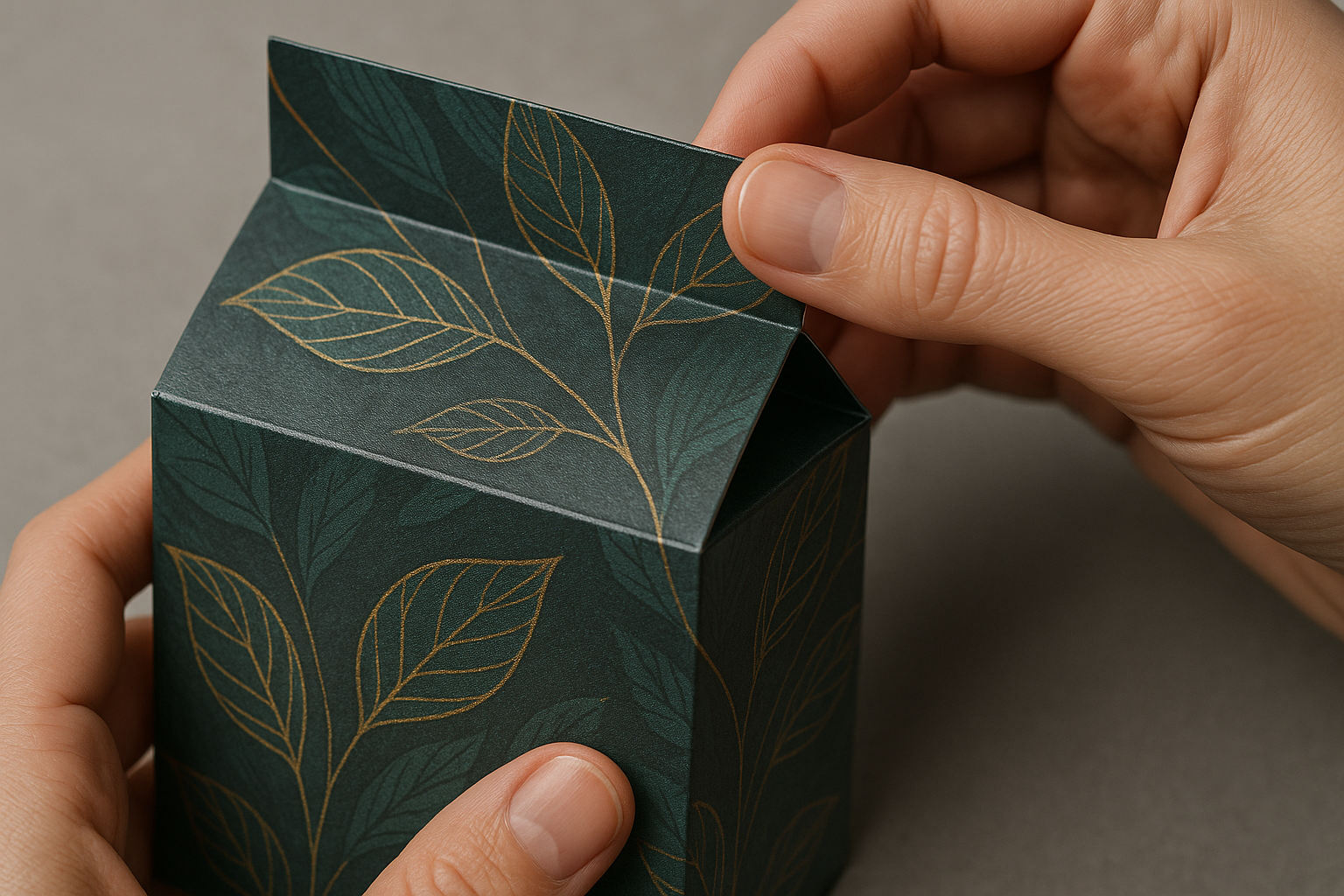
What sustainable options should I consider?
Sustainability is no longer optional for many consumers. Options include recycled fibres, FSC-certified board, water-based inks, compostable pouches and minimal packaging designs. According to Statista, demand for sustainable packaging has been growing steadily as consumers prefer recyclable and biodegradable options.
When evaluating eco-friendly solutions, check the full lifecycle: is the material recyclable in your market? Does the finish inhibit recycling? Many commercial printing houses in South Africa now offer eco-conscious packaging printing and custom print finishes designed to be recyclable, helping small businesses and educational publishers meet green commitments.
How does compliance and labelling work in South Africa?
Retail packaging must comply with national regulations around product labelling, safety warnings and, for food products, nutritional information. If you’re producing school textbooks or educational materials, consider copyright and distribution labeling. Work with a local printer or packaging expert who understands South African legislation and can ensure labels, barcode placement and safety seals meet retailer and regulatory standards.
Tip: Keep a checklist for compliance: ingredient and allergen info (if applicable), supplier contact details, batch code/lot number, and local language requirements. This is particularly important when printing materials such as catalogues and brochures to promote products alongside packaging.
How do lead times and fast turnaround printing affect choices?
Lead times influence material selection. Digital printing supports shorter lead times and quick revisions — ideal for marketing test runs and seasonal promotions. Litho printing requires more setup but lowers unit cost for large runs used in catalogue printing or school textbook printing.
According to industry practitioners, fast turnaround printing solutions reduce stock risk and allow you to respond to market feedback quickly. If you need delivery across South Africa, partner with a printer that offers reliable logistics and print delivery services to avoid delays during peak seasons like school term starts or event promotions.
Should I work with a commercial printer or use print-on-demand?
Commercial printing (litho/digital) is cost-effective for medium-to-large runs — think catalogues, textbooks and bulk promotional packaging. Print-on-demand (POD) is suitable for low volumes, prototypes, or personalised packaging, reducing inventory risk. Many printers offer hybrid models: short digital runs to test packaging designs, followed by litho for scale.
For educational printing projects such as training manuals or books printing where specifications change each term, POD can be invaluable. For retail launches or mass distribution, traditional commercial printing usually delivers the best unit cost and consistent finishes.
How to test, prototype and iterate packaging designs?
Testing is essential. Start with a structural prototype (die-cut mock-up) to test how the product fits, then a printed prototype to evaluate colour, finishes and shelf appeal. Conduct consumer or retailer feedback sessions and test logistics by shipping prototype packs through your fulfilment chain.
Many packaging vendors and commercial printers will create short-run prototypes using digital printing. Use these to validate decisions and only move to larger litho runs when the design is final. For retailers with strict pack-size specifications, prototypes help avoid costly rework.
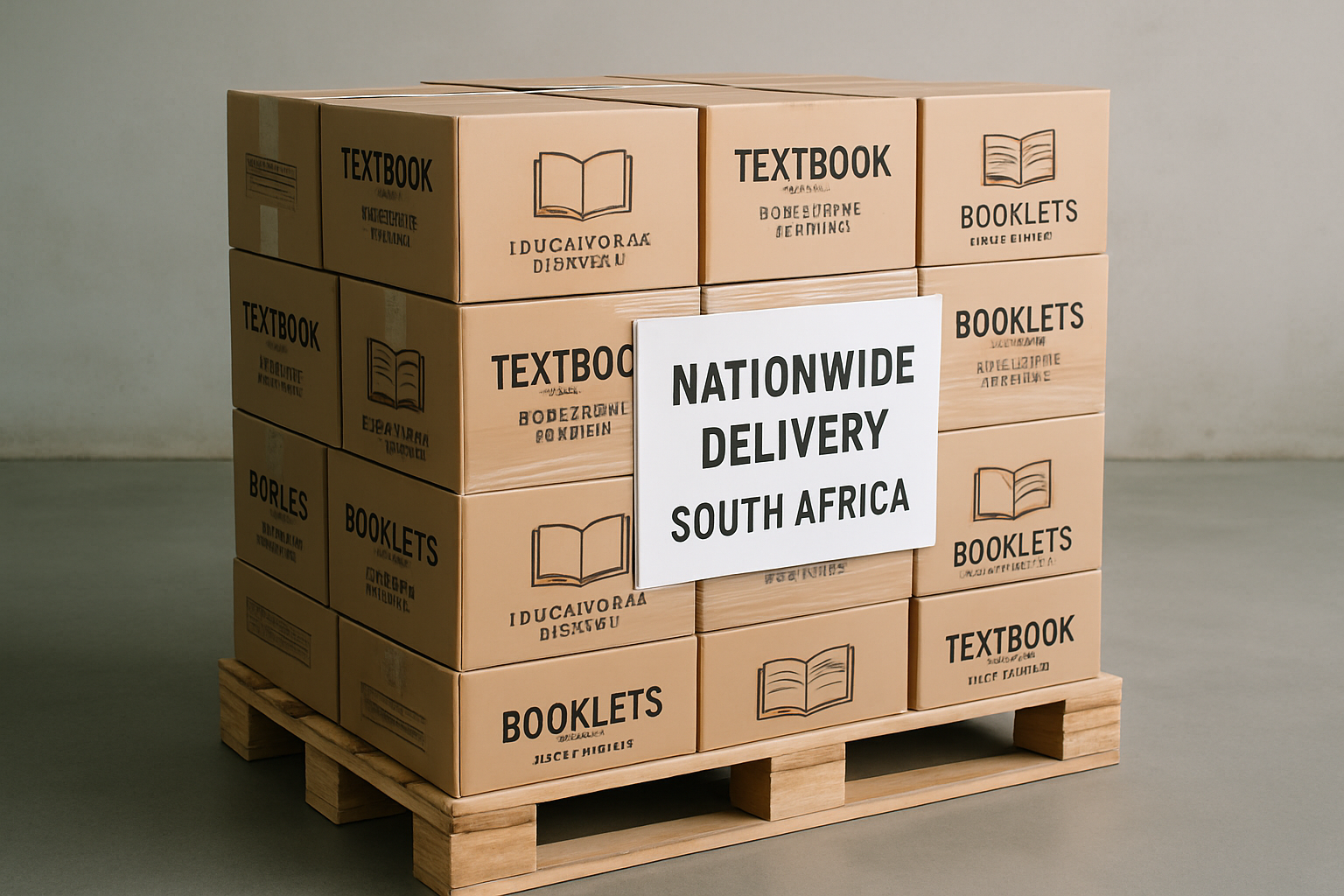
How can small businesses reduce costs while getting quality packaging?
To control costs while maintaining quality, consider these strategies: consolidate SKUs to larger runs, choose simpler structures, use cost-effective but attractive finishes (e.g., selective spot varnish instead of full-foil), and negotiate freight terms with printers who provide nationwide delivery. Combining print runs for related items (catalogue printing alongside product packaging inserts) is another common way to save.
Additionally, leverage local commercial printing and packaging suppliers in South Africa who understand regional logistics and can offer bulk educational printing discounts. For marketing collateral that supports packaging — such as brochures, booklets, and catalogues — see services like brochure printing services, booklet printing, and catalogue printing to coordinate brand materials with packaging design.
Where can I find design and printing partners in South Africa?
Look for partners experienced in commercial printing, packaging printing, and educational printing. Suppliers who also offer textbook-printing, training-manual-printing and books-printing often understand durable binding and protective covers — valuable when packaging learning materials in bulk for schools. Check portfolio work, ask for material samples and enquire about turnaround times, sustainability options and nationwide print delivery.
For many small businesses, a single supplier who can produce packaging, inserts and promotional collateral reduces complexity and helps achieve a cohesive look across customer touchpoints.
How do I measure packaging success?
Measure packaging success through sales uplift, return rates due to damage, customer feedback and secondary metrics such as unboxing social engagement. For subscription or repeat-purchase products, track churn rate pre- and post-pack redesign. In retail, monitor shelf velocity and in e-commerce track cart conversion and returns. According to Packaging SA, improved packaging design can reduce returns and damage-related costs significantly.
Iterate based on data: if packaging improves shelf performance but increases fulfilment costs, optimise the structure or materials to regain margins. A/B testing with short digital runs can provide quick insights before committing to large litho runs.
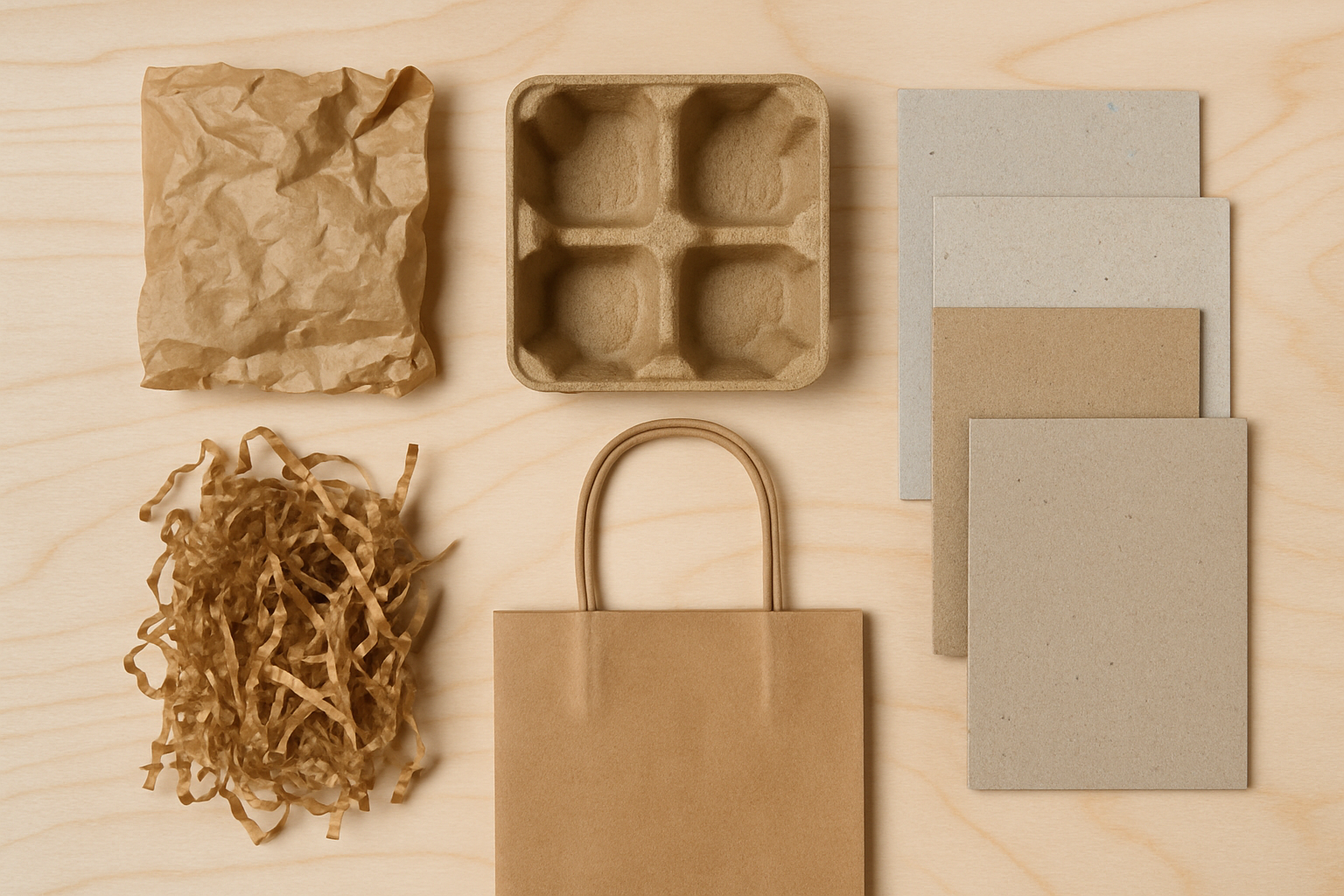
Quick checklist to choose the best retail packaging
Use this checklist to finalise your packaging plan:
- Define product protection needs and dimensions
- Decide retail vs e-commerce requirements (shelf vs ship-friendly)
- Choose materials & finishes aligned with brand and sustainability goals
- Estimate unit cost at target volumes and compare digital vs litho
- Confirm compliance and labelling requirements in South Africa
- Prototype, test distribution and gather feedback
- Schedule a production plan with lead times and delivery
For deeper reading on packaging fundamentals, see the Packaging article on Wikipedia.
Whether you’re preparing school term materials with bulk educational printing, launching a new product line, or refreshing marketing collateral alongside packaging, the Best retail packaging solution is the one that protects your goods, communicates your brand clearly, meets regulatory needs and fits your budget. Work with experienced commercial printers to balance all these factors and achieve strong retail performance across South Africa.
